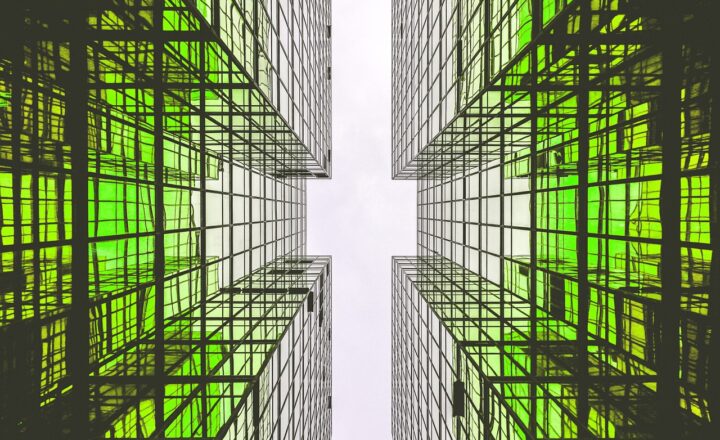The Plastic-Free Movement: Is It Truly Achievable in Today’s World?
November 10, 2024

The world is grappling with a plastic crisis. From oceans choked with debris to microplastics infiltrating our food systems, the urgency for change has never been greater. In response, the plastic-free movement has gained momentum, driven by advocates who believe that a future without plastic is possible and necessary. However, achieving a truly plastic-free world raises important questions: Is it realistically achievable? What does it entail, and what changes must both individuals and society implement to make progress? In this article, we will explore these questions in depth, examining the challenges and possibilities of a plastic-free future.
Understanding Plastic Pollution
Plastic pollution is one of the most pressing environmental issues of our time. It’s estimated that over 300 million tons of plastic are produced globally each year, with about 8 million tons ending up in the oceans. This plastic waste poses severe threats to marine life, ecosystems, and ultimately human health.
Waste management systems worldwide are struggling to keep up with the exponential increase in plastic production, and thus plastic waste often ends up in landfills or in nature. Even when plastic waste does get recycled, only about 9% of it actually makes it into a new product. This inefficacy demonstrates the urgency of finding alternatives to plastic.
The Plastic-Free Movement: An Overview
The plastic-free movement advocates for reduced plastic usage and supports the transition to sustainable alternatives. This movement encompasses various facets, including:
- Awareness Campaigns: Initiatives aimed at educating consumers about the detrimental effects of plastic.
- Zero-Waste Lifestyle: Encouraging individuals to adopt habits that minimize waste generation.
- Policy Change: Advocating for regulations that limit plastic production and encourage recycling.
- Community Initiatives: Local efforts to reduce plastic use through beach clean-ups, workshops, and partnerships with businesses.
The movement promotes a holistic approach to solving the plastic crisis, emphasizing that systemic change is needed alongside individual efforts.
Challenges of Going Plastic-Free
While the aspiration for a plastic-free world is noble, several challenges hinder its achievement:
- Ubiquity of Plastic: Plastic is deeply embedded in our daily lives, spanning from packaging to household items, medical supplies, and infrastructure. Finding sustainable replacements is challenging.
- Industry Resistance: Major industries that rely on plastic production, such as food and consumer goods, may resist significant changes due to cost implications and potential disruptions to supply chains.
- Consumer Habits: Changing long-standing consumer behaviors, such as convenience and affordability associated with plastic products, can be a significant obstacle.
- Limited Alternatives: Although there are many sustainable alternatives to plastic, they may not always be readily available, affordable, or suitable for all applications.
These challenges reveal that while the plastic-free movement is inspiring, there is a long road ahead, requiring collaboration and commitment across all sectors of society.
Steps Towards a Plastic-Free Future
So, how can we strive toward a plastic-free existence? Here are actionable steps individuals and society can take:
- Embrace a Zero-Waste Lifestyle: Start by reducing single-use plastics at home and in personal routines. Opt for reusable bags, straws, and containers.
- Support Sustainable Brands: Choose to purchase from companies that prioritize sustainable materials and practices. Supporting businesses committed to reducing plastic can influence larger industry shifts.
- Advocate for Policy Changes: Get involved in local initiatives promoting policies aimed at reducing plastic usage, such as bans on single-use plastics and incentives for recycling programs.
- Participate in Community Engagement: Join local clean-up events, workshops, or discussions surrounding plastic pollution and sustainability.
- Educate Yourself and Others: Stay informed about the latest research on plastic pollution and share this knowledge with others to foster a community of awareness and action.
Making these choices can help shift societal norms and create a culture that values sustainability over convenience.
Innovations in Materials
As we advance, innovation in material science plays a pivotal role in addressing plastic pollution. Initiatives exploring bio-based materials, biodegradable options, and innovative packaging solutions are on the rise. Some key developments include:
- Bioplastics: Derived from renewable sources like corn starch or sugarcane, these materials can serve as alternatives to traditional plastic, offering a lower environmental impact.
- Edible Packaging: Companies are exploring edible alternatives to plastic wrap and containers, creating zero-waste options for food packaging.
- Mycelium Packaging: Made from fungi, this biodegradable material offers an innovative solution to packing without relying on plastics.
Through innovation, we can create sustainable alternatives that may reduce our dependency on plastic significantly.
Conclusion: A Work in Progress
The plastic-free movement reflects a growing awareness of environmental issues and highlights the collective desire for change. While achieving a world entirely free of plastic may be a lofty goal, every step taken toward reducing plastic use is a step in the right direction.
Social, political, and technological changes are essential to make this vision a reality. By working together, educating ourselves, and advocating for more sustainable practices, we can preserve our planet for future generations. Though it may not be entirely achievable today, a plastic-free world remains a hopeful and necessary aspiration in combatting plastic pollution.
Together, we can pave the way for a future where plastic is no longer a threat to our health or the environment.






